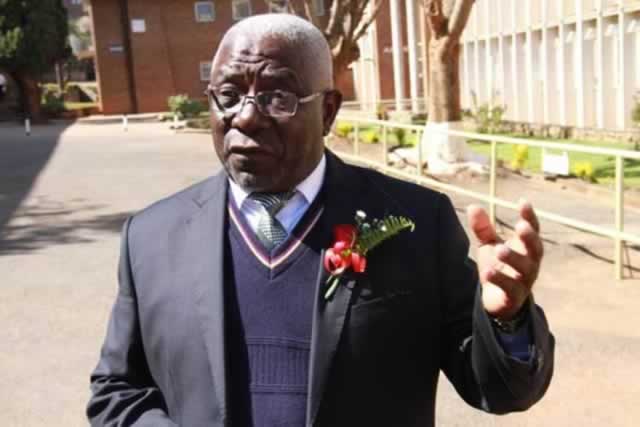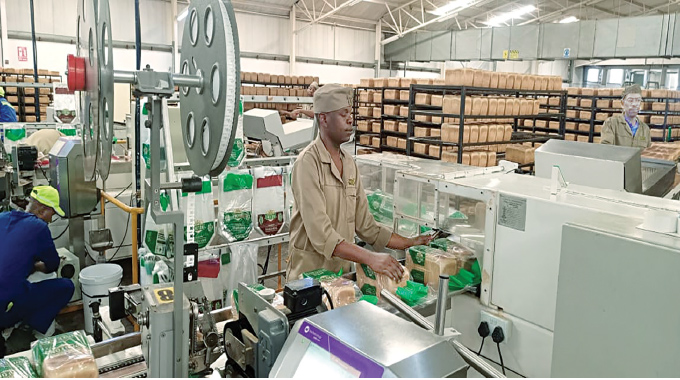Byo Agric Show sees more steers sold

Yoliswa Dube, Senior Features Reporter
NINENTY-SEVEN show steers were this year sold at the recently held fatstock show during the Bulawayo Agricultural Show which runs concurrently with the Zimbabwe International Trade Fair.
Conducted at the showgrounds on April 27, the fatstock show attracted 97 steers compared to the 67 steers exhibited last year.
The steers were judged by Mr Zeph Dhlamini and auctioned by Mr Richard Wakefield and Mr Charles Rundle.
Celebrating their 106th anniversary, C.C Sales, the official auctioneers to the Bulawayo Agricultural Society, said the total turnover was $103 000 compared to last year’s turnover of $66 000.
There were a total of 14 buyers comprising local abattoirs and butcheries who purchased the show steers for an average price of $1 055, an increase from last year’s average price of $986.
According to C.C Sales, this price represented an average of $2,38 per kg live weight compared to last year’s $2,13 per kg live weight.
The champion steer, weighing 520kg (milk tooth) was exhibited and won by Marcedale Farm and sold to Heads & Hooves Butcheries for $1 400 at $2,69kg live weight.
Mr Dale Saudan of Wholesale Beef was the biggest volume buyer who purchased 19 steers.
The reserve champion steer, exhibited and won by Marcedale Farm was purchased by Wholesale Beef for $1 300, an increase from last year’s reserve champion steer purchase which was bought by Bulawayo Abattoirs for $1 240.
Marcedale Farm won the overall exhibitor at this year’s fatstock show, retaining the title from last year’s show.
C.C Sales donated $3 105 of the sale proceeds to the Bulawayo Agricultural Society.
The show sale continues to attract a large following comprising business people, farmers and members of the public.
Fatstock judging is done based on a weight to age ratio. Judges look for the youngest possible animal at the highest weight with 15 months to two years being a good age.
In the judging of pens, like a pen of two for example, the cattle have to be almost identical to win in their various classes.
The Bulawayo Agricultural Society was set up to promote agricultural shows as a teaching and learning platform for all.
It showcases all forms of livestock including cattle, sheep and goats, pigs, poultry and horses, crop produce such as maize, small grains and cereals as well as fruit and vegetables for the communal farmer.
Home industries incorporating needlework, knitting, crochet, cookery, icing, brewing, home-craft and artwork as well as school projects such as cookery, needlework and home craft for juniors are also included.
The agricultural show is an opportunity for farmers to interact and learn from each other.
Zimbabwe has a well-developed and diversified agricultural sector, producing food crops, cash crops, and livestock.
The government has boosted the agricultural sector by providing electricity in some rural areas through the Rural Electrification Programme and provision of free seed, fertiliser and implements.
This has gone a long way in empowering farmers.











Comments